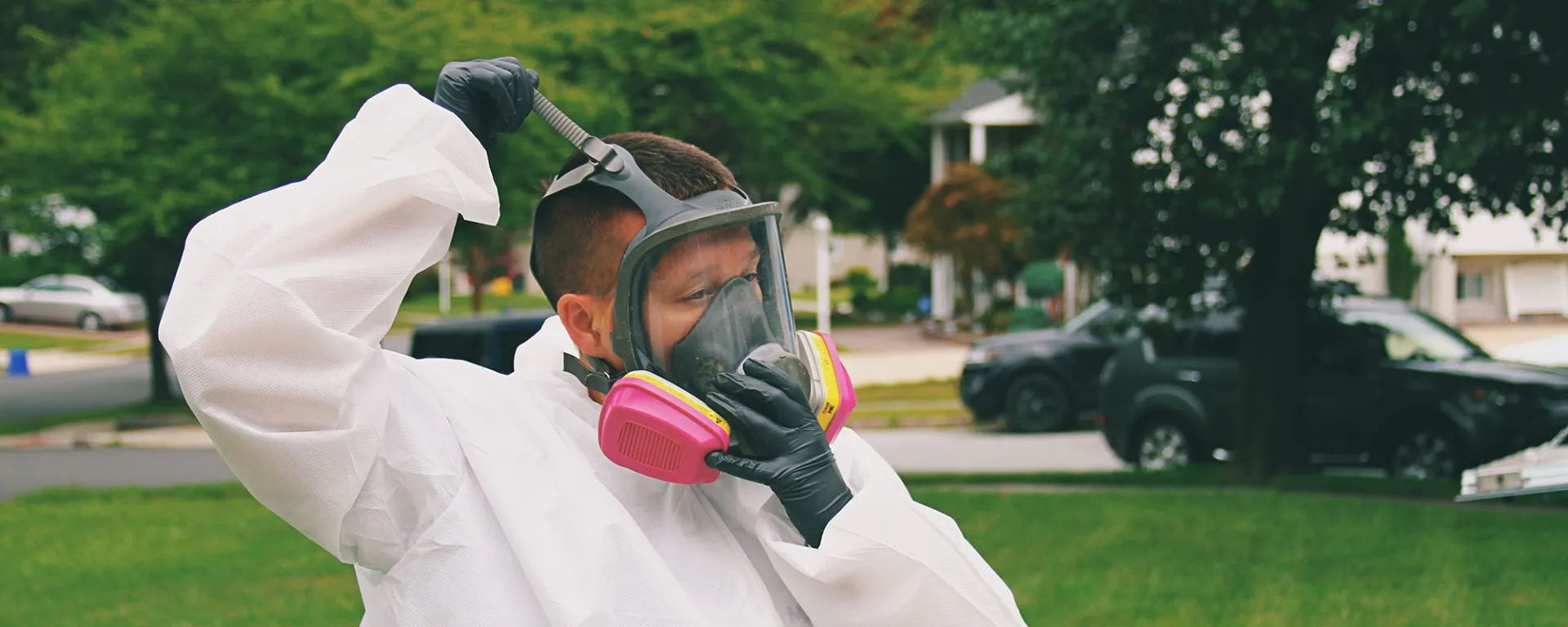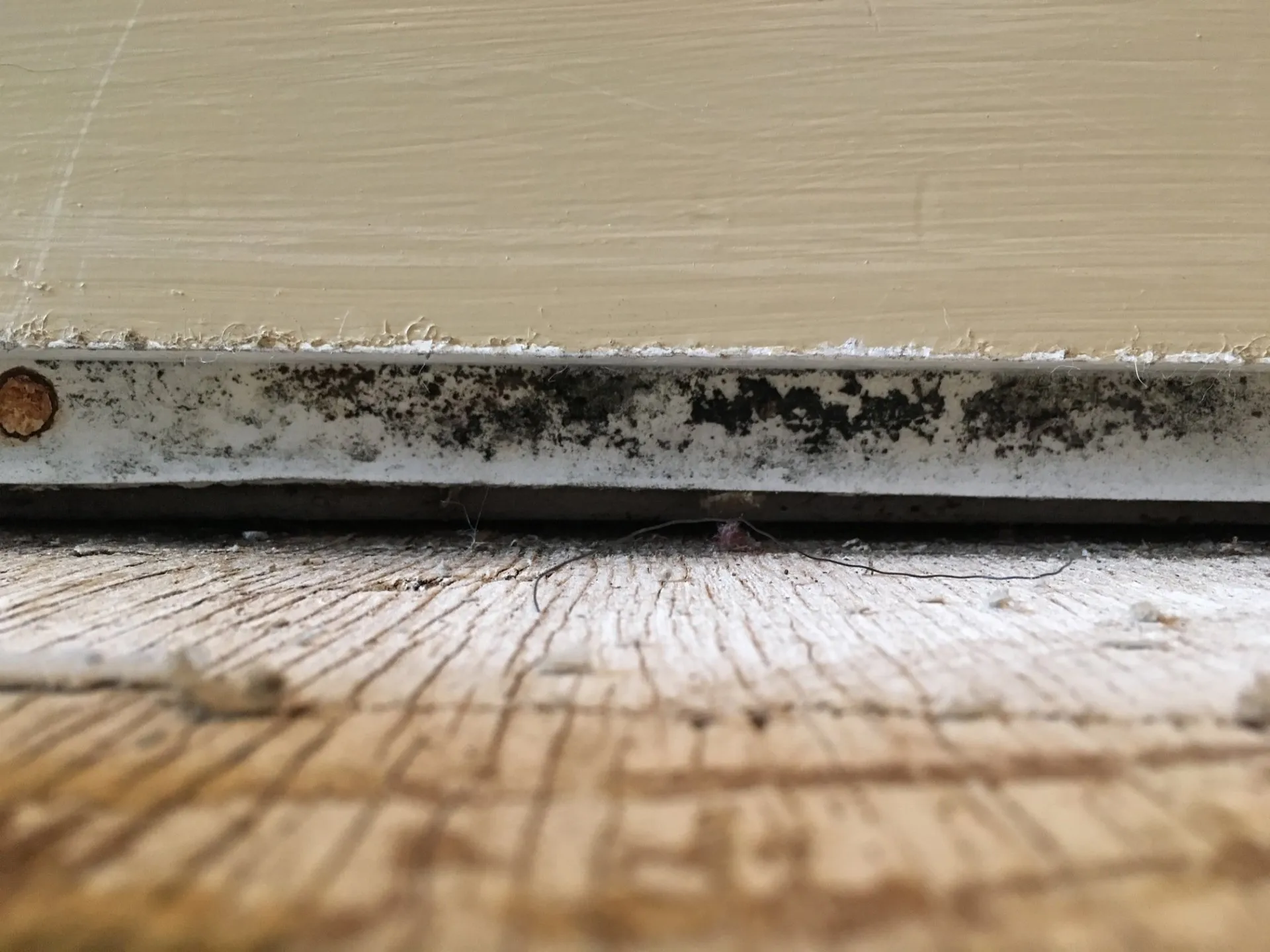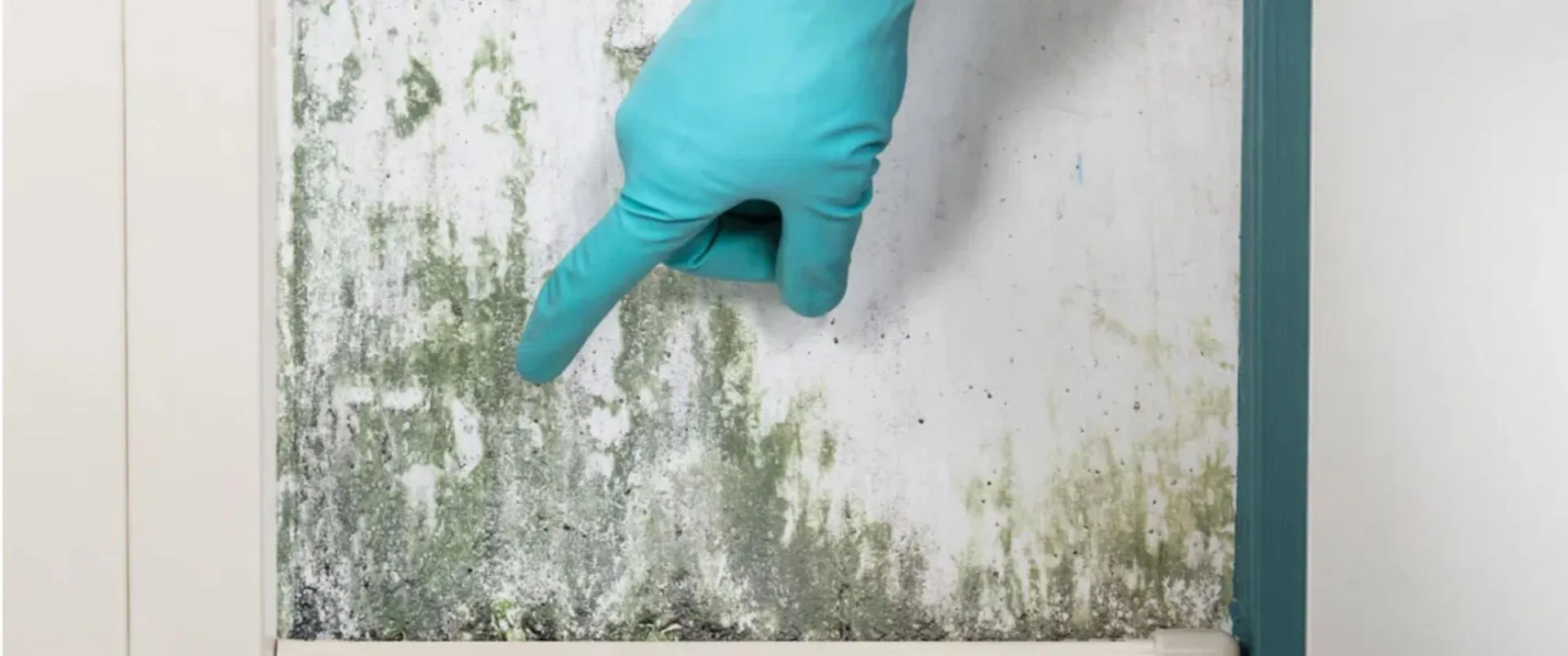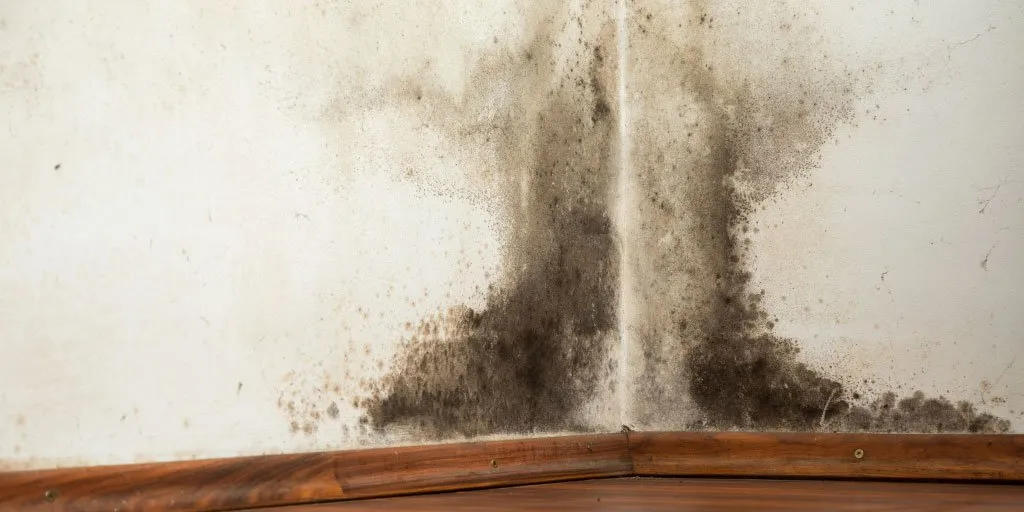
Mold is a natural part of our ecosystem, and it can be found just about anywhere – both indoors and out. That being said, normal levels of naturally occurring mold is not a cause for concern. Mold becomes an issue when it begins thriving in excess in an indoor environment, such as your home.
Naturally occurring mold spores are perpetually floating through the air both indoors and out. It can come through open doors and windows, or it can even settle onto our hair, skin, clothing, and even our pets. Your home’s ideal indoor mold level should be equal to or lower than that of the outdoor levels. Things can become potentially unsafe if indoor levels become higher than outdoor levels.
What is a Toxic Mold?
Molds are sometimes described as toxic because they are known to produce mycotoxins. However, it is not known for sure if these mycotoxins cause “mold poisoning” or other serious symptoms. However, any mold can cause respiratory problems, skin irritations, and allergic reactions and should be addressed right away.
Toxic Mold In Your Home
Elevated mold levels can develop very rapidly, in as little as 24 to 48 hours after moisture is introduced to the environment. If your home supports conditions that are conducive to mold growth, clusters of mold can begin to develop almost immediately. It is imperative that abnormal mold growth is addressed immediately in order to avoid extensive damage.
Mold is opportunistic, so you can not give it the chance to spread for a long period of time as it can result in extensive property damage, as well as diminished value of the property. Abnormal mold growth, which can also be considered toxic mold, can also result in potential health implications for those who reside in the home.
Should I Be Concerned About Toxic Mold?
You might be worried about your home potentially having some sort of toxic mold. Many homeowners have this fear, and it is important that you understand that the term “toxic mold” can be somewhat misleading. This term suggests that the mold spores themselves are toxic. The reality is that the term “toxic mold” is referring to the mycotoxins that mold spores can release into the air. Mycotoxins can potentially cause health implications for individuals who have been exposed to them. While any mold has the potential to be toxic, each individual may have different sensitivities to different species of mold. There are, however, a few specific mold species that produce mycotoxins that are universally formidable. These two species are known as Chaetomium and Stachybotrys. These two species are considered “black mold.”
DIY Mold Treatment
One of the main issues with a DIY mold remediation attempt is the risk of cross-contamination. Most people outside of the mold industry do not have access to proper containment and personal protection gear. Containment and cross-contamination are directly related, as containment is the number one thing necessary to prevent cross-contamination. Containment is imperative in preventing mold from spreading to other areas of your home, creating an even bigger problem.
We understand not everyone can be an expert on mold, so this is something that often gets overlooked when mold misinformation is spread online. On top of containment, personal protective gear is required in any mold remediation. Without the proper protection, you are putting yourself at risk. Everyone reacts differently to different molds, so it is best to not even take that chance. No matter how you look at it, the best option is always to contact mold remediation professionals.
Potential Health Implications of Toxic Mold
The potential health implications of toxic mold vary for each individual. Dependent on concentration of the contamination, individual sensitivities, and duration of the exposure to the mold, health risks are difficult to pinpoint. Everyone’s immune systems react differently to different species of mold. As previously stated, Chaetomium and Stachybotrys are not the only two species with the potential to cause harm. This circles back to why the term “toxic mold” is so misleading. ANY mold has the potential to be toxic to somebody.
Toxic Mold Signs and Symptoms
Mold can cause various health problems upon exposure. Being aware of the symptoms of mold exposure can help address health issues promptly and prevent the risk of complications. Symptoms of potential health concerns due to toxic mold exposure include, but are not limited to:
- Respiratory trouble
- Coughing
- Sneezing, stuffy or runny nose
- Itchy eyes
- Throat irritation
- Irritated skin or rash
The severity of symptoms can vary depending on individual sensitivities and on the specific mold species.
Looking For Signs Of Mold Development
Mold appears in many different forms, so there are multiple indicators to look out for. Signs you could be potentially dealing with toxic mold within your home include:
- Visible Signs: Mold is found in many shapes, colors, and sizes. It can appear as black, white, brown, gray, and even green. Severe mold growth can sometimes be visible to the naked eye without the use of special equipment.
- Discoloration: Mold cannot exist without a moisture source. This moisture can cause staining and discoloration on walls and other building materials throughout the home.
- Odor: Mold has a distinct odor. If you’ve been noticing a dank, musty, organic kind of odor, your home may be experiencing abnormal levels of fungal growth.
Toxic Mold Remediation
When your home is experiencing toxic mold growth, the worst thing you can do is ignore it. As stated previously, mold is opportunistic, and will rapidly take advantage of any opportunity it has to spread. Even if it is the tiniest amount of mold damage, you do not want to wait for it to get worse. The sooner you remediate the issue, the less of an issue it will become. If you are worried that your home could be experiencing toxic mold development, contact a professional mold remediation company in your area as soon as possible.
Get Rid of Mold Today
Mold exposure can trigger severe health issues, such as allergies and respiratory problems. Dealing with mold requires identifying and removing the source to ensure that it does not return. Professional assistance is a must for an effective removal process. If you have mold issues in your home, call us and schedule a free inspection and quote.
Call Lamunyon Mold today at 1-888-609-9670 to learn more about our mold remediation process!




